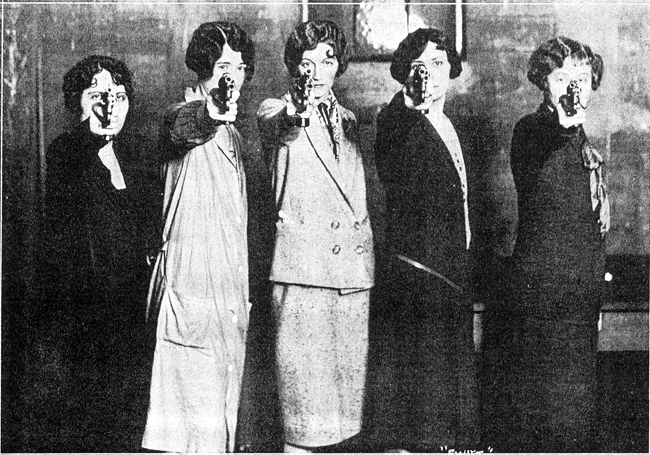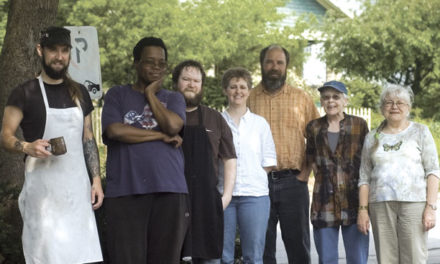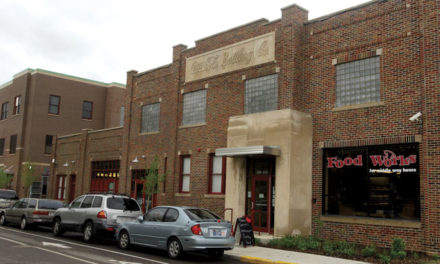BY NANCY HILLER
Have you ever wished for a way to peer into Hoosier history and glimpse what daily life was like a century ago? While it’s not quite a time machine, the Indiana Magazine of History offers a wealth of information as intriguing as it is edifying. The contents are available online, free of charge.
Think of terms relating to everyday life—say, “college” and “expenses”—and type them into a keyword search on the site. Miraculously, up pops “Cash account of a university student, 1902-1903.” Ink and letter-tablet…20 cents; Railroad fares to and from Bloomington…$6.40; Beans and pencils…35 cents. Quite a contrast with the iPads, cars, and dining options available to IU undergraduates today.
For this quirky, period detail, you may thank the World Wide Web. But there’s someone else you should credit as well—George Cottman, a freelance writer who lived at the turn of the 20th century. Passionately concerned that stories and records of Indiana’s beginnings would disappear as members of the state’s earliest generations died out, Cottman, reputedly traveling by bicycle, sought out journals, ledgers, and other personal papers that could contribute to a history of the state. He started the Indiana Magazine of History (IMH) in 1905.
“The first impetus of the magazine was to rescue information,” says Eric Sandweiss, IU associate professor of history and current editor of IMH. Since then, the magazine has expanded its scope to topics as diverse as the first Indiana banks, Herman B Wells’ cultural entrepreneurship, and the British employment of Native Americans to terrorize pioneers during the Revolutionary War.
Since 1913, the magazine has been published through IU’s history department. Despite its academic provenance, the quarterly journal makes a point of appealing to members of the general public. “We provide a meaningful interchange of ideas, stories, and information between professional historians and scholars on the one hand and smart readers who may earn their living in other ways but are just as savvy and passionate about history,” says Sandweiss. The print magazine is available by subscription, either directly from IMH ([email protected]) or through the Indiana Historical Society, which offers discounted rates to its members.
And if you look up that cash account from 1903, you’ll discover that the student in question, with $3 “cash on hand” and $350 “borrowed,” had more in common with students today and their student loans than you might previously have imagined.












I went over this web site and I think you have a lot of wonderful info, saved to fav (:.
facebook http://catskillmtns.org/kobe-bryant-umsots-store/index_4.html